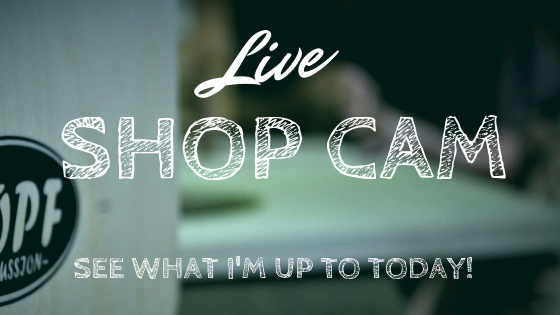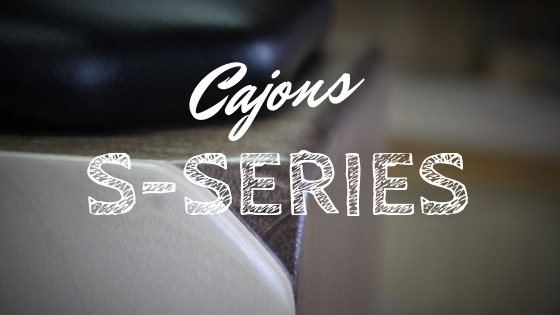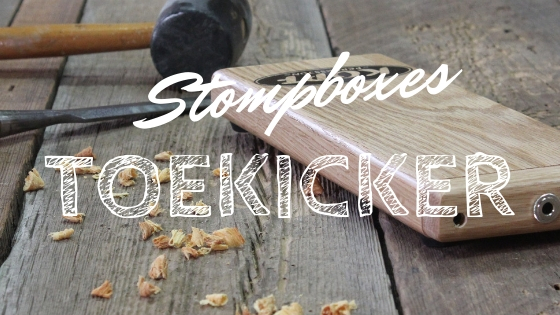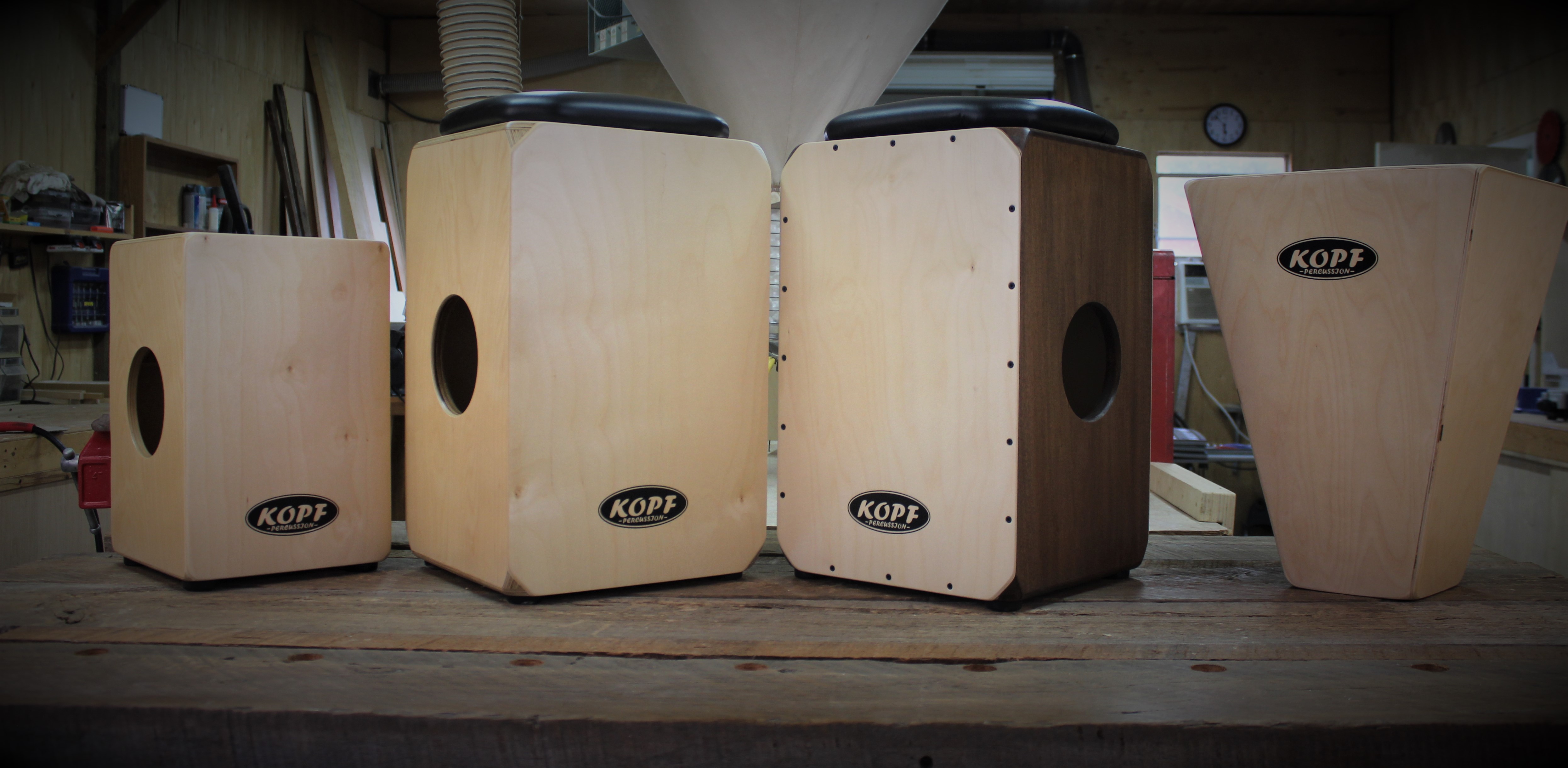Posted by Stephen Head on 31st Dec 2018
The Cajon: The History Of The Beatbox Drum
The cajon has been, since the 19th century, a key component in traditional Afro-Peruvian music. Named with the Spanish word for "box," the cajon was first invented to replace the African drums used by slaves in colonial Peru, which were eventually banned by the slaves' masters. The first examples of the cajon were extremely simple, consisting merely of empty wooden fruit crates or even upside-down drawers - anything that could be harnessed to the rhythm of the music. As the cajon matured, it became an accepted and integral part of the instruments used to play the "creole waltz," or vals criollo. Today, the cajon is a beloved symbol of Peru's national heritage, and the instrument is a must-have for every group that performs traditional Peruvian folk music.
The cajon's story actually has a few international twists; it played a similar role as an impromptu instrument for the underprivileged in 20th-century Cuba. The island nation's new Communist government was not without its detractors in the early 1960s, and street demonstrations would use music and loud drums to attract larger crowds. Fidel Castro stepped in personally to squash this potential source of political trouble and issued an edict forbidding street music. Ingenious Cuban resisters turned again to fruit crates and other common street materials to create effective but unobtrusive drums. If the Cuban police investigated the sounds, all they would find would be a street full of loyal citizens sitting on top of fruit crates.
If the cajon's contemporary popularity can be assigned to any single musician, it would undoubtedly be Paco de Lucia, the famed master of the flamenco guitar. Paco de Lucia attended a party in his honor thrown at Spain's embassy in Lima in the early 1970s. This celebration featured the musical stylings of a local folk band, whose instrumentation included the cajon. The instrument's bold sound naturally appealed to de Lucia; the flamenco style includes multiple rhythms and typically calls for the guitarist to beat on the body of his instrument in addition to playing it normally. Paco de Lucia was captivated by the cajon and asked his percussionist, Ruben Danta, to try using it to play the traditional flamenco "Buleria" rhythm. The results were so impressive that de Lucia took a flamenco cajon with him when he returned to Spain. The cajon's sound is ideal for short, staccato rhythms like those used in flamenco with its stamping footwork and clapping ("palmas"). Coming to Spain was the cajon's first step on a journey toward worldwide popularity.
A modern cajon still shares much in common with traditional Peruvian instruments, especially when it comes to dimensions and materials. Many modern enthusiasts can't resist tinkering with the design to add to the instrument's capabilities, though. Piano and guitar strings are often added to create a "sizzling" sound. Drum snares are frequently attached. The latest modification to appear on modern cajons are tambourine cymbals. Many players post a pair, on the instrument's top corners, to let them add a "clacking" effect to their percussion.
As an Amazon Associate, I earn from qualifying purchases. This means that if you click on the link and make a purchase, I may receive a small commission at no extra cost to you. This helps support my work in providing quality content. Thank you for your support!
Check out my blog post:









